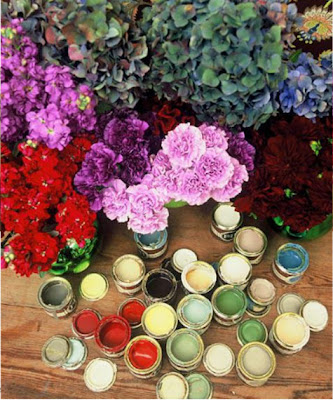While perusing through some old prints at an antique gallery in Denver a few weeks ago, I came across this little gem, which looks very much to be an Albrecht Durer engraving. Original or not, I don’t know, but it made me remember my early art history classes learning about woodblock prints and this famous German artist and theorist.
Albrecht Durer (1471-1528) wore many hats: he was a print-maker and painter as well as a mathematician and theorist. As a young man in school, he excelled academically and had simultaneously developed a skill and love of drawing. Durer continued to develop his engraving and printmaking skills as he grew from a young apprentice to specialized craftsman. He gained great notoriety in Europe for his ability to create finely detailed engravings full of symbolism and allegories, being considered one of the greatest artists of the Northern Renaissance.
Some of Durer's most iconic works include his paintings Self-Portrait (1500) and Martyrdom of the Ten Thousand (1508), as well as the woodblock engravings of Knight, Death and the Devil (1513) and Saint Jerome
(You can see his monogrammed signature AD)





















